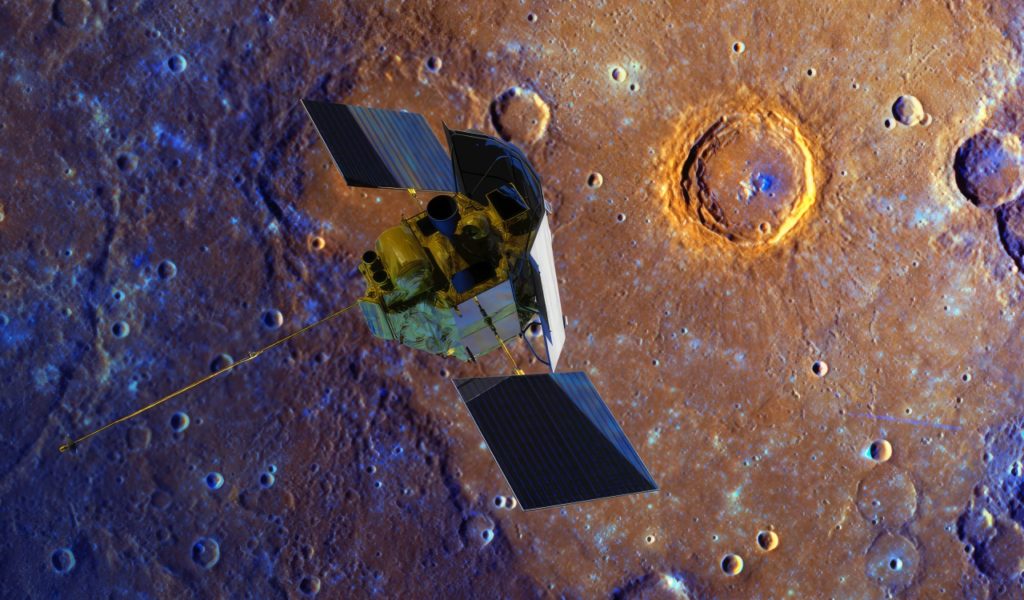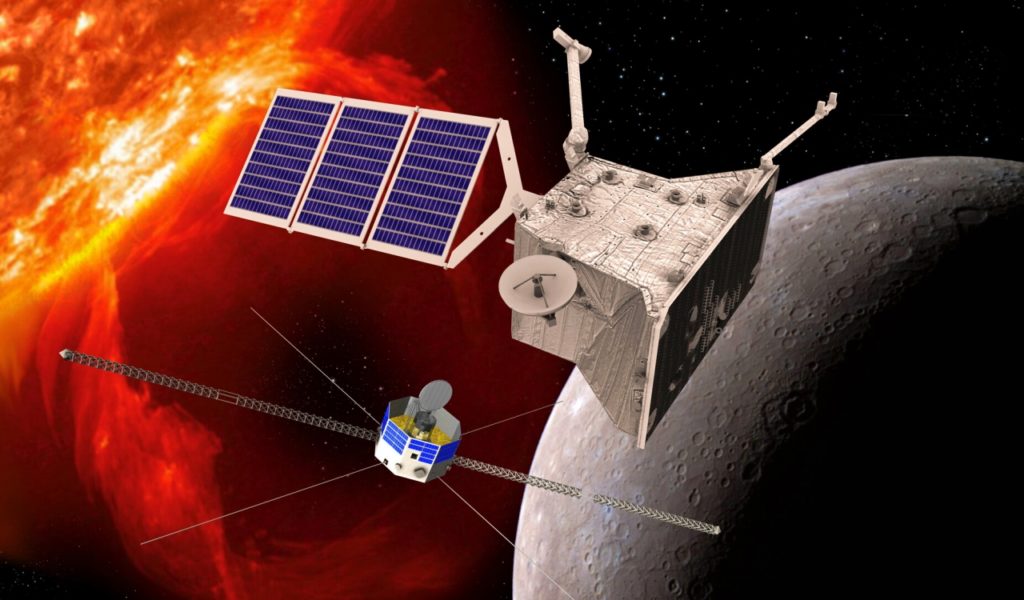On Earth, we have the “Northern Lights” and “Southern Lights.” These are auroras that come through mostly when our magnetosphere is deflecting off solar rays from the top or bottom of the planet. Yet there are auroras on Mercury and most other planets too.
When it comes to the auroras on Mercury, you see a vast difference compared to the auroras on Earth. What we see here is, without discussion, absolutely beautiful to witness. On Mercury, the auroras look like Hell has come for you.
Researchers unveiled in the latest Nature Communications that these hellish auroras on Mercury are actually caused by invisible ribbons of X-Ray radiation that cling to the sun-blasted surface of the planet. As alien as these appear to be, the X-Ray auroras on Mercury have quite a lot in common with the polar lights we see on Earth.
Electron Precipitation

Scientists have found that the fluctuations in Mercury’s magnetic field are flinging electrons toward the planet. This results in essentially electron rain which then causes the auroras of X-Ray light. This “electron precipitation” now seems to be nearly “universal” in our solar system.
As of this writing, we know it causes auroras on every single planet with a global magnetic field except for Neptune. Even Mars, in spite of just having localized magnetic fields, has auroras that are caused by raining electrons.
Sae Aizawa, a Space Plasma Physicist at the University of Pisa in Italy, claimed that for Mercury: “this is really the first time to detect these electrons directly.”
Electron precipitation normally only happens because of interactions between a planet’s magnetic field and solar wind. This wind is a stream of charged particles spewed from the sun’s upper atmosphere.
Added to this solar wind, the sun-facing side of a planet’s magnetic field then gets squished while the night side is swept out into a long “magnetotail,” which extends behind the planet.
Eventually, the magnetotail will stretch so much that its previously mostly-parallel magnetic field lines will snap and connect. That will send field lines flying off behind the planet while others come back toward it.
Space Physicist Ryan Dewey of the University of Michigan claimed: “The magnetic field lines sor tof break and form new ones. And in this process, a lot of energy is released.
This energy sends tons of electrons flying planetward. They’ll come in spiraling in corkscrew-like trajectories along magnetic field lines. Once the electrons hit the planet or its atmosphere, they’ll release that energy as light.
What Electrons Encounter Is Important

Of course, the wavelength of the light will depend on what the electrons encounter as they rain down. Earth’s auroras give off visible wavelengths because incoming electrons excite molecules of uncharged gas in the atmosphere.
Those are things like oxygen & nitrogen, which will then release visible light when they relax back to their normal states.
The auroras on Mercury shine via X-Ray wavelengths because the electrons decelerate as they hit the planet’s rocky surface. This lost energy is then released as X-Rays.
The researchers first spotted the X-Ray auroras on Mercury via data beamed back from the MESSENGER probe. The probe orbited Mercury from 2011 to 2015, gathering tons of important data.
While the scientists rightly reasoned the electrons must rain down on Mercury to cause the X-Ray glow, MESSENGER did not have the correct instruments to measure the electron precipitation particles.
The ESA BepiColombo Spacecraft

The cool thing is that the European Space Agency’s BepiColombo spacecraft does have this. Sae Aizawa and their colleagues analyzed data from the probe’s first flyby of Mercury in 2021. It was then that they spotted the telltale signs of the precipitation process.
BepiColombo offered a clue to this when it flew through Mercury’s magnetosphere. Here, it observed surges of fast-moving, high-speed electrons. Which was followed by several subsequent waves of progressively slower, low-energy electrons.
This is exactly what you’d describe as a precipitating signature according to the researchers.
The BepiColombo future is bright. Thus, the ESA is likely going to offer even more information on Mercury in the near future.
In 2025, BepiColombo will enter Mercury’s orbit. By then, it will have been a decade since scientists had a probe constantly orbiting Mercury. This is bound to offer a ton of great discoveries and important data on Mercury. Possibly data that could be huge for our solar system or even Earth.
References:
A rain of electrons causes Mercury’s X-ray auroras
Dramatic Flyby Confirms That Mercury’s Radioactive Aurora Touches the Ground